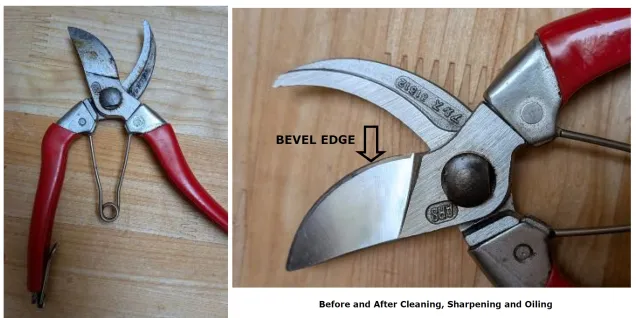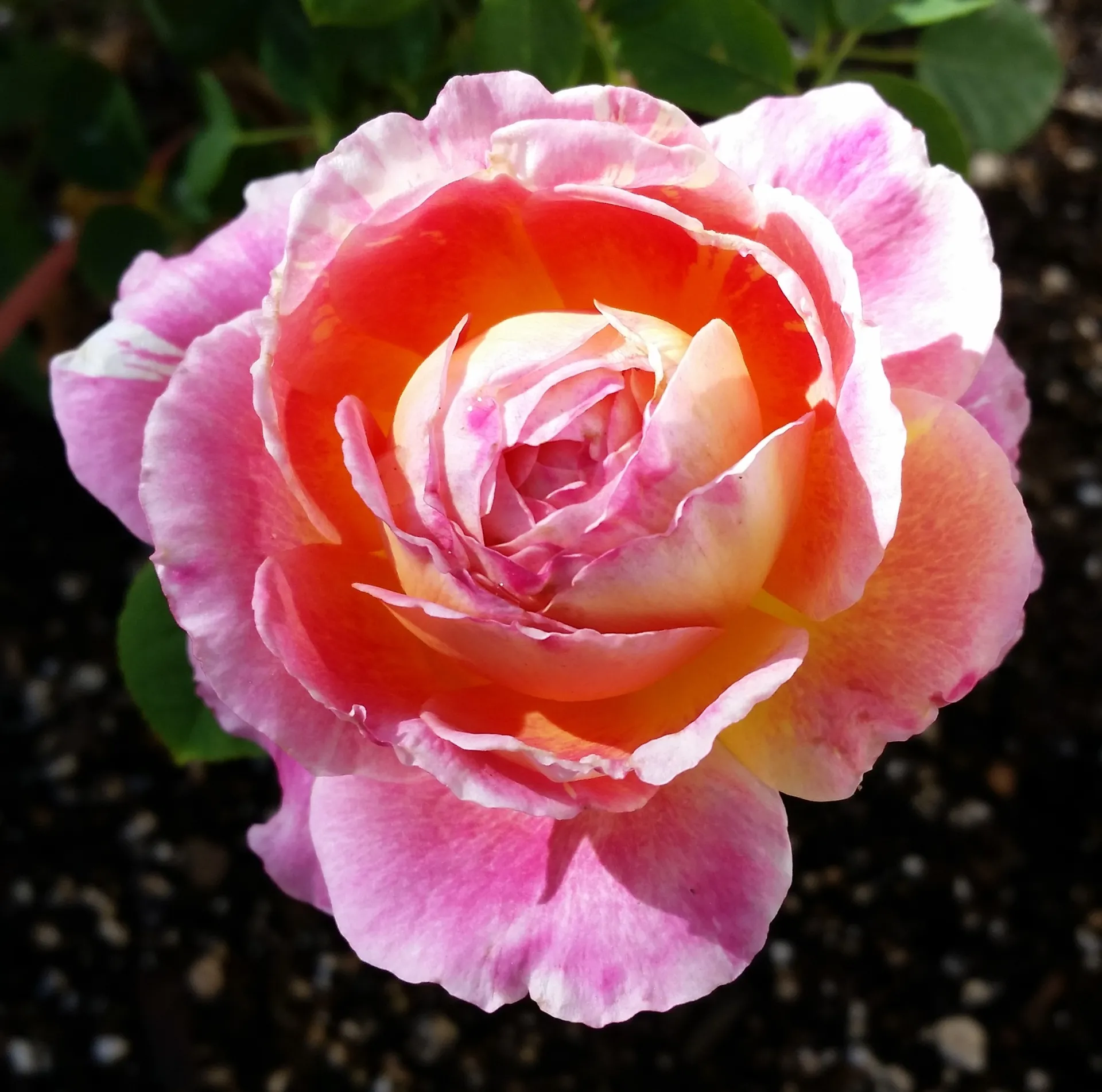After a hot weekend, it looks like our temps are going to be a bit variable for the next week or so — cooler during the week and warmer on the weekend. We will be able to do light pruning this month (not the major pruning we do after the first of the year). We can also start to feed our roses again. However, first things first.
If your roses are on drip, run your system in the early morning or evening (on the days we can water) to give your roses a chance to thoroughly hydrate. Check your irrigation system to see that it is operating correctly and none of the emitters are clogged. If an emitter is delivering more or less water than the others on the line, change it out for a new one. That one emitter can affect the whole system. Replace it when there is a problem.
I have been having great water pressure this summer. So great that it has been constantly blowing out my spaghetti lines on my drip system. Every time I water, it has been a different drip line that has been blowing out. There have been other gardeners in my area that have been complaining about the same thing. So, check your drip to see if everything is still connected appropriately. You can add a regulator on your drip system to try to prevent this from happening. However, for me, this still is continuing even though I have regulators on all my valves.
If you grow roses in pots, make sure that they are getting enough water. If the soil has pulled away from the sides of the pot, water can run through the pot but not hydrate your plant. Make sure your potting soil allows water to get to the plant. You should re-pot your roses every couple of years. The longer the soil is in a pot, the less porous it becomes in the root zone. New soil would be in order. So put this on your spring list of things to do when your potted rose is dormant for the season.
I would wait until the middle of September to do your mid-season pruning. This is light pruning, not the major pruning you do in the late winter/early spring. First, cut out any dead canes (those are black canes). Next you want to cut a maximum of 1/3 off the top of each plant. Cut to a cane the size of a number 2 pencil. Only do this if you have plenty of foliage left on the plant after you lightly prune it. Look at the plant before you prune. If there are very few to no leaves left on the plant (after you lightly prune it), do not trim the plant at all. You can kill your plant if you trim it and it has very few to no leaves left on it. The canes near the soil can turn black and the plant slowly dies. It is best to leave those plants alone and not trim them for now. You can wait until spring.

Prune each cane back to an outward facing bud at the base of the first five leaflets. Make sure you sanitize your pruners after lightly pruning each bush, so you do not spread diseases. I use an alcohol wipe on my blades. A bleach wipe will eventually corrode your blades, so do not use them. Make sure your blades are also sharp and don’t forget to wear gloves. In about 6-8 weeks, you should have beautiful blooms on your plants.
Fertilize your roses mid-month with a nice organic fertilizer. Use one made for roses or use a good seaweed or fish emulsion. Spray the leaves with seaweed or fish emulsion and they will love it! Do not do this during the hottest part of the day. Try early morning or near the end of the day. Just a tip. Some fish emulsions can smell fishy for a couple of days. So, if you have a lot of neighborhood cats (or very close neighbors), you might want to go with the seaweed. Follow instructions on the amount to use. More is not better! Also, water the day before you fertilize. Never fertilize a dry or stressed plant.
If you wish to use alfalfa meal (not the pellets as they contain additives that the roses don’t need), you can add that as well. Alfalfa meal contains a natural chemical called triacontanol which will stimulate growth in your rose. Use about a cup for a large, established rose. For minis, use a half cup.
I can’t over-stress checking your plants for spider mites. They love the type of weather we have been having. Make sure you check the undersides of the leaves where they love to hide. You can spray insecticidal soap on them in the very early mornings. It is still too hot to use horticultural oil. The oil can burn your plants. Also, I am seeing a lot of huge grasshoppers and katydids this season. You can hand pick (yes, I wear gloves for that eeewwww factor) and get rid of them.
Make sure you are able to get out and enjoy your beautiful garden this month!

Until next time . . . "It’s ok to feel delicate sometimes. Real beauty is in the fragility of your petals. A rose that never wilts isn’t a rose at all." — Crystal Woods
____________________________
Written by UC Master Gardener Debbie D


